34 Design A Roller Coaster Worksheet
Thrilling STEM Activities for Kids: Roller Coaster Challenge. Let's talk about roller coasters! Make the stimulating challenge of creating a roller coaster part of your next STEM (science, technology, engineering and math) project. By using the engineering design process, student teams are tasked with creating a thrilling ride! Students learn. Design a Roller Coaster - NGSS Force&Motion. This Carnival and Roller Coaster mini-unit was developed as a mini unit to reinforce students' understanding on Force and Motion, but could also be used in the regular classroom unit planning. It is designed for grades 3-5 but could be adapted for other grades as well.
This worksheet makes for a fun and engaging challenge for the class that tests their ability to work together as a team, encourages them to try new ideas, and gives them the opportunity to participate in a fun arts and crafts activity. Using just masking tape, scissors and cardboard tubes your class can work in teams to design and build a rollercoaster that starts at a height and finishes on.
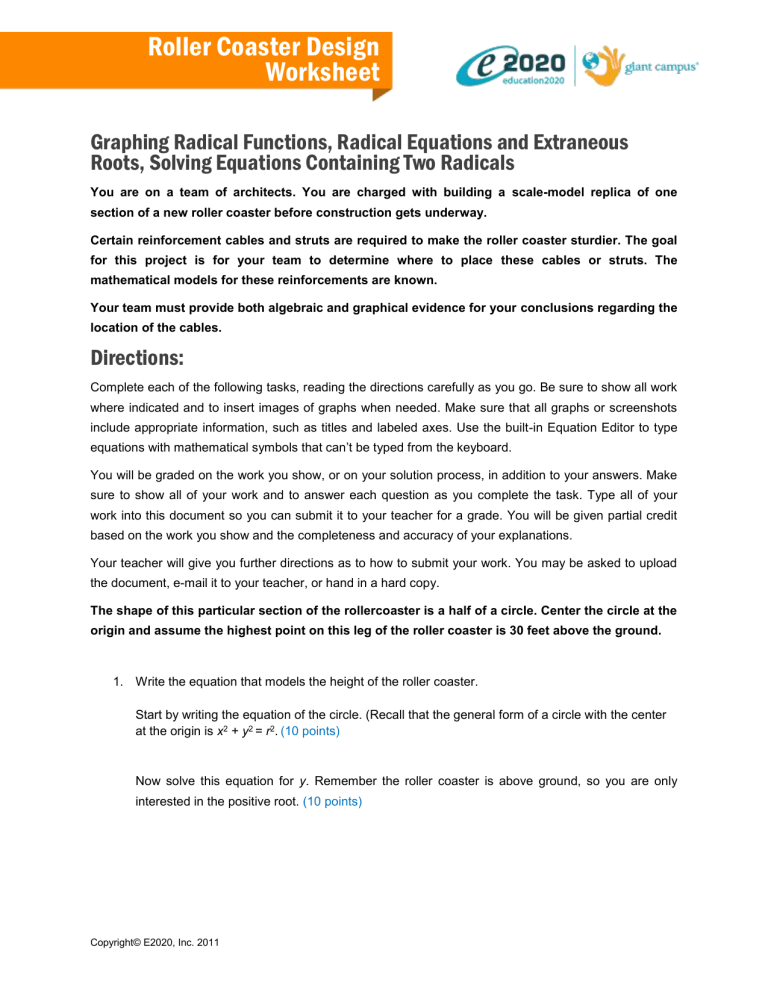
Design a roller coaster worksheet
Civil engineers design huge structures like buildings, bridges—and yes, even roller coasters—and make sure those structures can safely withstand the forces they are subjected to. Roller coaster tracks are subjected to high forces (pushes or pulls) as the cars zoom through loops and around turns, and civil engineers must make sure the track. Performance Task: Roller Coaster Design Performance Task. Download PDF file; Download Microsoft Word document; The graph for Model 3 should look like this. A vertical reinforcement beam will extend from the upper graph to the lower graph where the two are two feet apart (vertically). This is shown in the diagram as the small purple vertical. A roller coaster is much more engaging than a cart on an inclined plane to teach conservation of energy; a swing ride is a lot more fun than a rotating table for teaching angular motion and periodic motion.
Design a roller coaster worksheet. Design a Roller Coaster. Try your hand at designing your own roller coaster. You will be building a conceptual coaster using the physics concepts that are used to design real coasters. You won't need to compute any formulas. You will decide the following - the height of the first hill, the shape of the first hill, the exit path, the height of. View ptw_roller_coaster_design.docx from MATH 111 at Loving High. Roller Coaster Design Worksheet Graphing Radical Functions, Radical Equations and Extraneous Roots, Solving Equations Containing Two Roller Coaster Physics Worksheet. Roller coaster physics activity students will be building a conceptual coaster using the physics concepts that are used to design real coasters. Quiz topics include kinetic energy and the forces that make a roller coaster cart lose energy. Non Fiction Text For Roller Coaster Experiment Nonfiction Texts Learning. Worksheet: Have each student (or each group) complete the Roller Coaster Specifications Worksheet, which asks them to identify some critical points of the roller coaster as well as other specifications such as height and the number of loops and turns. Review students' answers to gauge their comprehension of the concepts.
roller coaster design. In a roller coaster the potential energy (PE) (energy due to position) that the car has at the top of the track is converted into kinetic energy (KE) (the energy of motion). Before the car starts moving all of its energy is potential; when it reaches the lowest point all of the energy has become kinetic. The equations are: Transcribed image text: Be sure to complete all requirements detailed in the Roller Coaster Worksheet below, also included in your lesson and a summary of the portfolio's requirements are listed here: 1. Roller Coaster design on graph paper with x and y axis labeled. 2. Equation of the line that represents your initial climb AND ALL WORK STEPS. 3. Roller coaster design worksheet graphing radical functions radical equations and extraneous roots solving equations containing two radicals you are on a team of architects. Use the principle of conservation of energy to explain the layout of roller coasters. Roller coaster worksheet roller coaster name. A roller coaster is much more engaging than a cart on an inclined plane to teach conservation of energy; a swing ride is a lot more fun than a rotating table for teaching angular motion and periodic motion.
Roller Coaster Design Worksheet E2020 Inc. Students will be tasked to create a roller coaster using foam piping marbles toothpicks straws and tape. Pupils are taken through calculating GPE KE and final velocity. Travis Rothbloom is a mechanical engineer and aspiring roller coaster designer.. 3. Describe the earliest roller coaster ancestor, including how it worked. The earliest roller coaster ancestor was a monumental ice slide and riders went down the slope in sleds made out of wood or blocks of ice, landing and crashing in a sand pile. 4. In the 19th century, what changes did the French make to the early roller coaster design? Civil engineers design huge structures like buildings, bridges—and yes, even roller coasters—and make sure those structures can safely withstand the forces they are subjected to. Roller coaster tracks are subjected to high forces (pushes or pulls) as the cars zoom through loops and around turns, and civil engineers must make sure the track. • The student will create a roller coaster ride that will last 20 seconds. • From the roller coaster the students designed, the students will identify intervals of increasing/decreasing, domain/range, and zeros. • The teacher will walk around to help students with questions they may have. The teacher is
Tell students that their mission is to design a roller coaster for a marble “rider” that satisfies the specs on the handout they will receive. Their roller coasters must have at least two thrill elements and must safely deliver the marble to the end of the track after a ride of 10-25 seconds.
Students apply high school-level differential calculus and physics to the design of two-dimensional roller coasters in which the friction force is considered, as explained in the associated lesson. In a challenge the mirrors real-world engineering, the designed roller coaster paths must be made from at least five differentiable functions that are put together such that the resulting piecewise.
Physics. Grades. 3-5. 6-8. 9-12. Brief Description. Students take on the role of engineers who need to design a roller coaster. They will learn about the history of roller coasters, the different types, and the many things that affect roller coaster success. Finally they use a variety of Internet resources to guide them as they design their own.
In this engineering design activity, children will think like an engineer to design a roller coaster for an amusement park that does not have one. The activity begins with a letter from the client, Hannah Noah, the director of the amusement park. In the letter, she states the problem and asks “engineers” to solve it.
View PTWRollerCoasterDesign(FINISHED).docx from MATHEMATIC 101 at Northern Michigan University. Roller Coaster Design Worksheet Graphing Radical Functions, Radical Equations and Extraneous Roots,
Worksheet: Have each student (or each group) complete the Roller Coaster Specifications Worksheet, which asks them to identify some critical points of the roller coaster as well as other specifications such as height and the number of loops and turns. Review students' answers to gauge their comprehension of the concepts.
2. Build your roller coaster track as you designed it and test it. Try rolling the marble down it several times. It is OK if the marble does not make it all the way to the end yet. www.sciencebuddies Directions: Use this worksheet to make drawings of your roller coaster design(s) and record your observations as you test it. Student worksheet
This makes this "Design a Roller Coaster" pack brilliant for developing a wide range of skills and perhaps even igniting a love of engineering. It includes everything you need to help children get the most from the activity, including a PowerPoint presentation, worksheet, and teacher notes. If you liked this, check out our Amusement Park Poster.
Performance Task: Roller Coaster Design Performance Task. Download PDF file; Download Microsoft Word document; The graph for Model 3 should look like this. A vertical reinforcement beam will extend from the upper graph to the lower graph where the two are two feet apart (vertically). This is shown in the diagram as the small purple vertical.
The Roller Coaster Design Interactive is shown in the iFrame below. There is a small hot spot in the top-left corner. Clicking/tapping the hot spot opens the Interactive in full-screen mode. Use the Escape key on a keyboard (or comparable method) to exit from full-screen mode. There is a second hot-spot in the lower-right corner of the iFrame.
get to design your own roller coaster, and then experience it in virtual reality (while attached to the end of a giant robot arm!). What you'll do now is on a much smaller scale, using a single foam pipe (and tape) to form a mini-coaster and trying it out on the marble. Here are two configurations to start with:
One plan to secure the roller coaster is to use a chain fastened to two beams equidistant from the axis of symmetry of the roller coaster, as shown in the graph below: 30252015105302010102030 You need to determine where to place the beams so that the chains are fastened to the rollercoaster at a height of 25 feet.
Design a Rollercoaster worksheet - GPE & KE. Work out Gravitational Potential Energy and Kinetic Energy by designing a rollercoaster. Pupils are taken through calculating GPE, KE and final velocity. For a high ability group.
Roller Coaster Design Challenge. Students will be tasked to create a roller coaster using foam piping, marbles, toothpicks, straws, and tape. The students need to successful create a coaster that keeps the train on the tracks the whole time, and comes to a safe stop. This includes two versions of the same assignment.
Design a roller coaster worksheet. Students will demonstrate knowledge of this concept by completing the design a rollercoaster worksheet. Of turns place a 1 next to a point on your roller coaster where the cars accelerate. Showing top 8 worksheets in the category roller coaster. Use the principle of conservation of energy to explain the design.
roller coaster. Design a contraption to lift the marble up to the start of the track, much like the chain that pulls a coaster to the top of a hill. "Son of Beast" roller coaster at King's Island, Ohio. Roller coasters are engineered for thrills, but also structural support and safety. Credit: Carol M. Highsmith/Library of Congress.
Physics of Roller Coasters Objectives: 1. To use energy principles and energy bar charts to explain the changes in speed of a car that traverses a roller coaster track. 2. To use kinetic and potential energy equations to predict the speed of a roller coaster car at a particular height on the track if given the initial height of the first drop. 3.

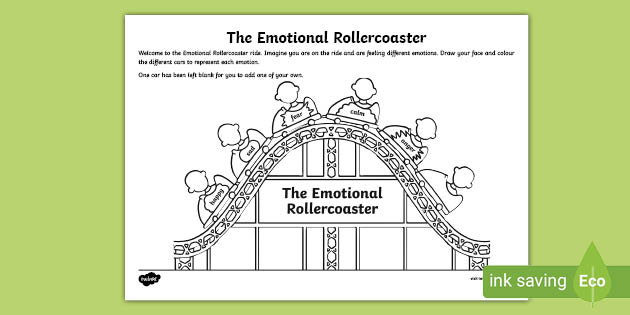

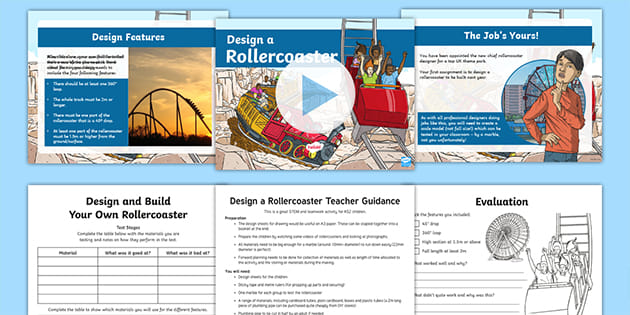
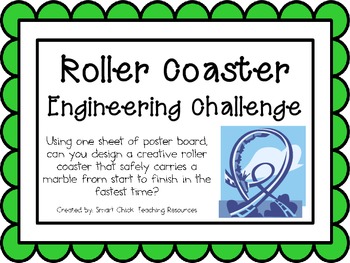

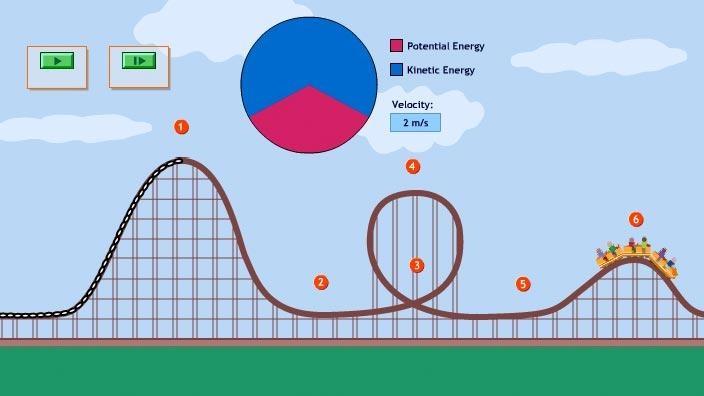

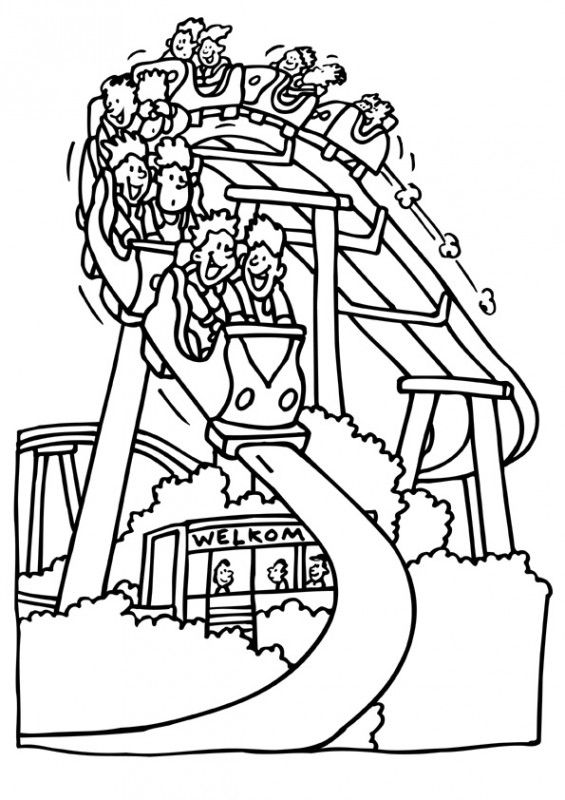
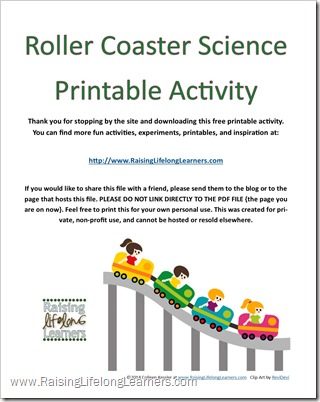
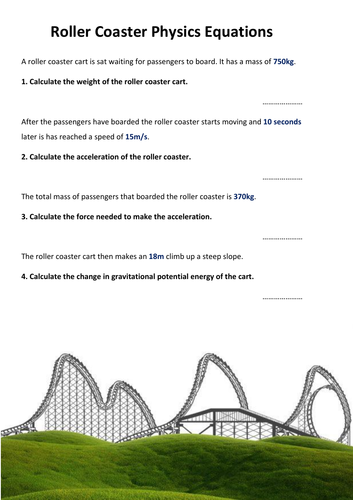








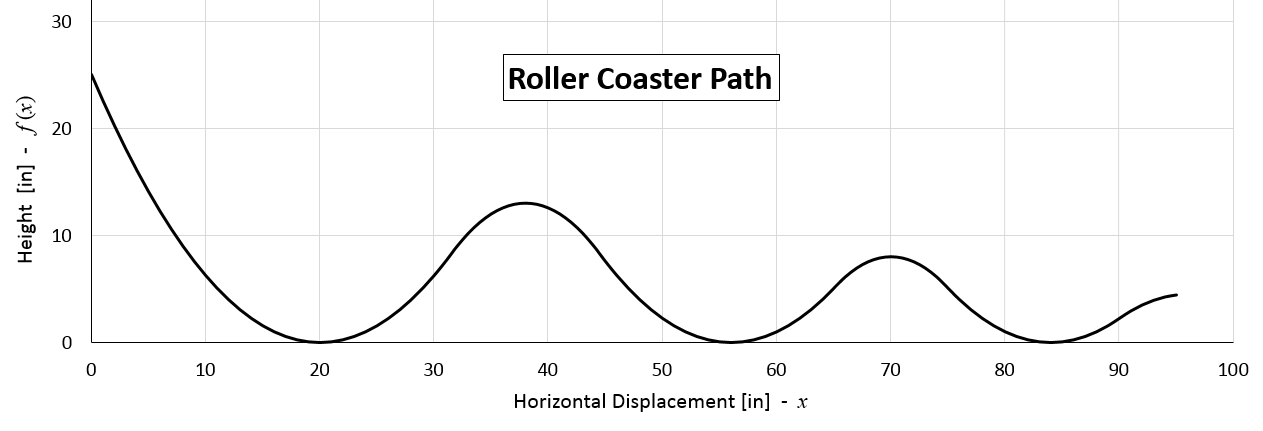





0 Response to "34 Design A Roller Coaster Worksheet"
Post a Comment